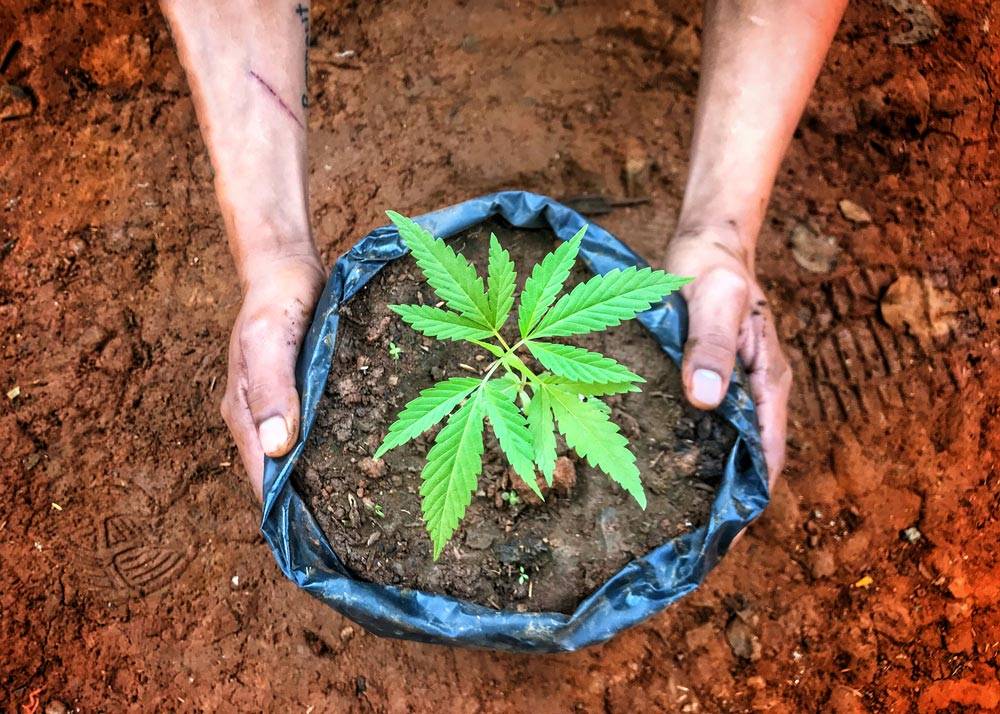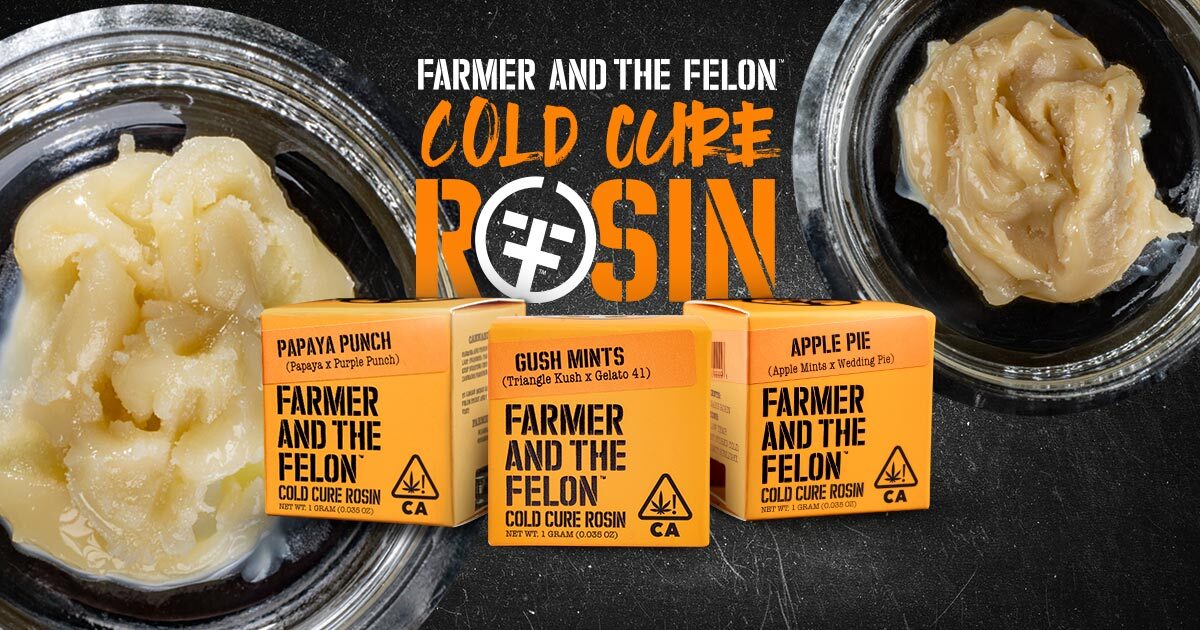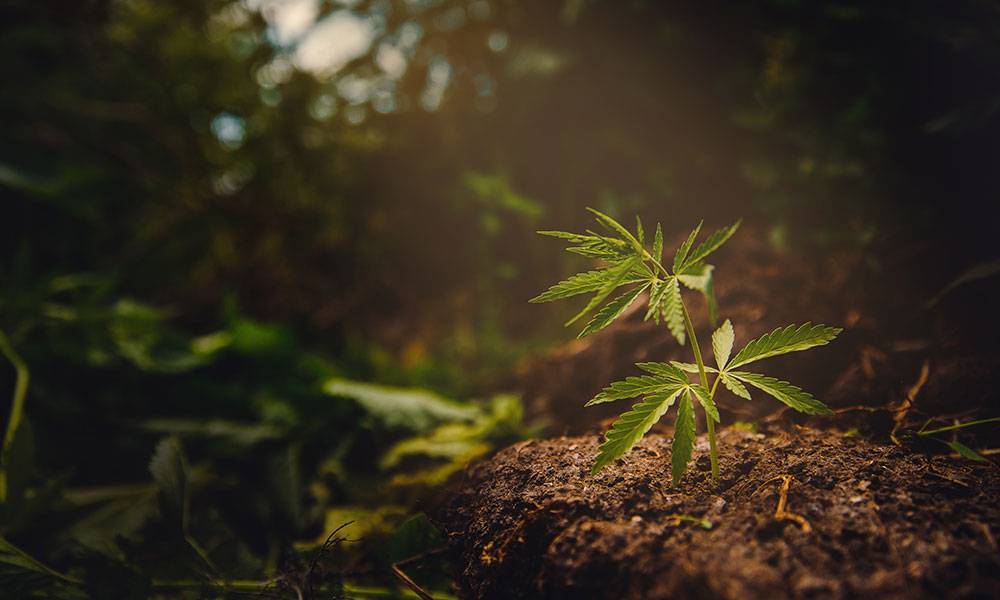By Brad Bogus
We all owe a debt of gratitude to Afghanistan and Pakistan. After all, it was from these countries that the gift of cannabis was given to the world. The very first cannabis plant originated from the Hindu Kush mountain region that stretches across both countries. You may have heard of the strain, as it’s simply called Hindu Kush.
Hindu Kush is the godmother of all other cannabis strains on the planet. We now track over 3,000 genetic varieties of cannabis. Each variety has the same source genes, from Hindu Kush. But how are there so many different varieties, with vastly different smells, flavors, and effects?
The Land Shapes the Genes
People traded cannabis seeds from the Hindu Kush region, and those seeds were planted in other lands in faraway countries, from Thailand to Colombia. When Hindu Kush was planted in new land, its genetics changed over time, adapting to a new environment to become something else entirely. Hindu Kush planted in Colombia became Colombian Gold. In South Africa, it became Durban Poison.
As it turns out, the land and climate play a huge factor in shaping the genetic makeup of the cannabis plant. The plant will respond and adapt over time to thrive in certain soils and temperate zones. This concept is called “phenoplasticity,” and I first heard the term when learning about terroir and appellation d'origine from the true-to-name, audacious French hashishin, Frenchy Cannoli.
Terroir and Appellation d'Origine
Frenchy is not just familiar with cannabis; he’s very experienced and educated in wine as well. In a presentation during the “State of Cannabis” conference, he explained how the French wine industry created the concept of terroir and changed our understanding of wine forever.
Terroir is the concept that wine will reflect “a sense of place”, that one can experience a unique smell and flavor from wine varietals grown in specific regions due to their climate and soil. The first region to develop under the new concept of terroir, first defined in the 1800s, was Burgundy, France.
Appellation refers to a specific area or subregion wine is made in and is far more specific to soil type, climate activity, altitude, and other factors. Within the wine region of Burgundy are 84 appellations, each conveying a specific smell and flavor that master wine tasters called sommeliers can pick out and identify in blind taste tests.

Wine Led the Way
Wine charted the path cannabis will take to adopt the concepts of terroir and appellation, a journey that is currently taking place in California’s Emerald Triangle region. Before we get there, let’s talk about the region just to the south, California’s world-renowned Napa Valley.
In 1976 Napa was recognized on the world wine stage during a contest called The Judgement of Paris, a head-to-head battle between California and France. California shocked the world by taking gold medals in Chardonnay and Cabernet varietals, both of which were from Napa Valley.
While winemakers in California definitely needed to have strong technique, experience, and knowledge of wine growing, the soil played a huge role in this outcome. The minerality in Napa’s soil, combined with the microclimates of the region, create some of the world’s best Cabs and Chards. This has led California to define appellations all over the wine regions of the state. Napa now has 17 alone, not to mention the regions of Sonoma, Alexander Valley, Russian River Valley, etc.
How Do Plants Like Cannabis Relate to Wine?
Frenchy said that the cannabis plant has two superpowers: phenoplasticity (mentioned earlier) and epigenetics. Epigenetics studies the changes in phenotypes inherited from a previous generation. In other words, plants convey a “memory” of their past lives and imprints those memories into their plant children so they can learn from those lessons.
If a plant is grown in a very windy environment, the next generation of that plant may grow slightly hardier, with a thicker stem, to adapt to the wind. If the plant is grown in a very sunny environment, the next generation may adopt wider leaves to create more shade for itself.
This is how wine becomes indicative of the land it was grown in; how sommeliers are able to blind taste wine and tell you exactly what area of France or Napa a wine was grown, and even in which year it was bottled. Chef Holden Jagger, a cannabis chef in Los Angeles, had this to say: “Why do we celebrate a good bottle of wine? ... Because it’s humanity and nature coming together to produce something special that’s a once-in-a-season opportunity.”
Cannabis Appellations Becoming Defined
Unlike wine, cannabis plants are killed and replanted every year. Wine is regenerative: the fruit grows on the same living vines from the previous year. Cannabis plants don’t reflower season after season, and therefore convey a very special and exclusive experience from harvest to harvest.
When I asked Frenchy how this change in regenerative memory in cannabis related to wine, how a plant that isn’t generating fruit on the same vine with the same memory of previous years would retain epigenetic traits, he responded simply with “it’s all about the soil”. This happens to be true for both plants.
The soil is where the magic happens. In fact, this is why there will never be an appellation d'origine applied to any cannabis grown indoors or in greenhouses. The distinction can only apply to cannabis grown in native grounds under the sun, exposed to the climate and environment to allow it to shape the outcome.
Farmers in the Emerald Triangle have been growing specific genetic varieties of cannabis for generations, many of which have strongly adapted to their environment and have taken on special characteristics. Some farmers are growing the exact same genetic breeds that were first started by their parents or grandparents almost 60 years ago. These are special, and deserve designation as such.
Imagine buying a Cabernet Sauvignon from Upstate New York; it’s probably going to be really bad compared to just about any Napa Cab. It will not taste anything like the Napa version, as it has very different soil, climate, and genetic disposition to the region. Cabs don’t respond well to that environment no matter what the winemaker does.
The same can be said for comparing a Humboldt Country sungrown OG Kush to one grown indoors in the deserts of Arizona, or in the mountains in Colorado. For this reason, many in California’s cannabis industry have been pushing for years to establish a cannabis appellation board to certify cannabis grown in specific regions.
What is the Future of Appellation in Cannabis
This is a long game. While California regulations currently require that brands claiming to be “Humboldt-grown” must back up that claim with evidence, we likely won’t see a board-certified appellation applied to cannabis varieties for another 3-5 years, as it takes a long time to determine what will be measured and how. In that time, we likely will have federally legal cannabis or at least agreements that allow interstate commerce between regulated states.
In that future, states that are not predisposed to grow cannabis sustainably outdoors can start importing premium cannabis grown in places like the Emerald Triangle. States like California, Washington, and Oregon will be able to supply states like New York or Arizona with great, affordable weed. Those importing states won’t have to grow as much indoors, lessening the carbon footprint and giving people access to higher quality cannabis options.
People will travel to the Emerald Triangle, or to the Rogue River Valley of Oregon, to tour these cannabis regions, trying different varieties grown in myriad ways in specific geographies. These regions will become the world standard for cannabis quality and research and will help small farmers truly market their product globally for sales locally.
Appellation d’Origine gave small French winemakers the opportunity to market their wine and region as unique and special, making them relevant and providing an easy-to-identify mark of quality that differentiates them from high volume "table wine" producers. With the cannabis industry starting to mass produce cannabis, it’s more important than ever to protect the small-batch farmers, the ones expressing the character and quality of their land and climate.
Shop for our small batch strains for pick-up or delivery from your favorite dispensary.

